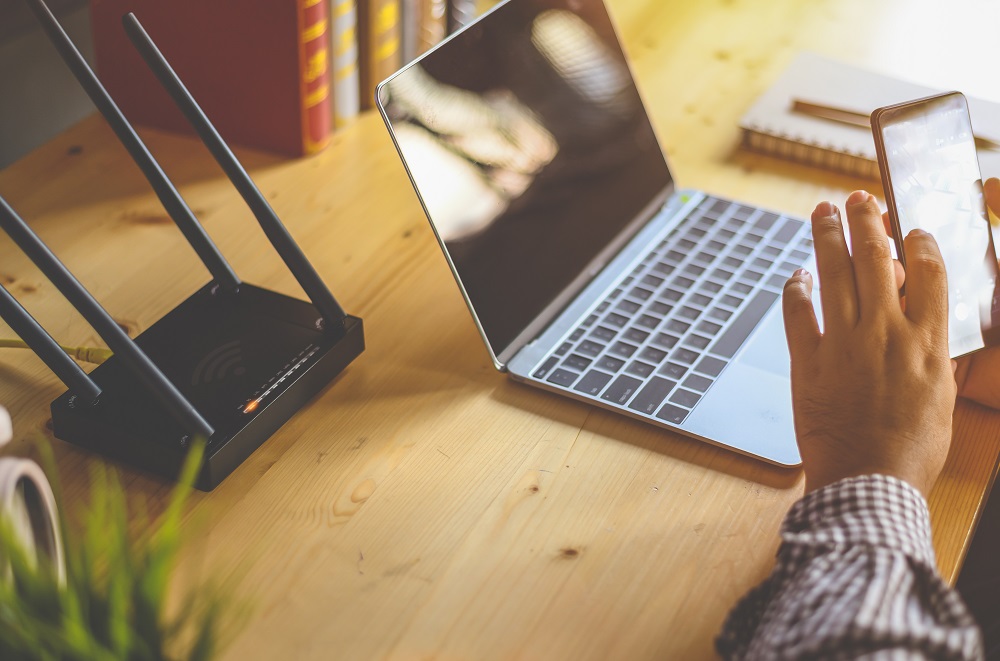 The last thing anyone would want is for their wireless network to be compromised and for a stranger to take advantage of security holes. Therefore, it is important that you focus on protecting your router against cyber attacks.
The last thing anyone would want is for their wireless network to be compromised and for a stranger to take advantage of security holes. Therefore, it is important that you focus on protecting your router against cyber attacks.
Below are five simple tweaks you can make to protect your router from cyberattacks.
- Secure your router login page
Most routers come with a set of default login credentials to access 192.168.1.1 or the router settings page. The router settings page is a very important page that gives access to all routers and wireless network settings. For most router manufacturers, you can search the Internet for the default username and password to access them.
Therefore, if you have never changed your router login credentials, you are at risk because anyone connected to the network can gain access to the router's settings page and make changes to the wireless network and router from there. Always make sure to change your router login credentials as soon as you set up your new router.
It's okay to stay with the default username, but you should really change the password to protect your router's login page.
- Change Wi-Fi network name and password
Just as it is important to change your router login credentials, it is also important to change your network name and password. Most routers come with a default wireless SSID and password, and you can find this information printed on a sticker attached to the router. You should avoid using the default network name (SSID) and password for a long time and instead change the wireless network SSID and password to protect your network.
You can change these settings via the login page 192.168.0.1, which once again demonstrates the importance of securing your router's login page. Keep in mind that after changing the wireless network name or password, you will have to reconnect all of your wireless devices to the network.
- Disable broadcasting of your wireless network name (SSID)
If you really want to secure your wireless router, disable broadcasting the wireless network name or SSID. Disabling broadcast, or display of your wireless network name will protect your Wi-Fi network from prying eyes as no device will be able to discover your network. Making your Wi-Fi network invisible will provide maximum protection against hackers, and this can be done through your router settings. The only downside to this is that to connect a new device, you will have to manually enter all the network details as the Wi-Fi network will not be publicly available.
- Set up a guest network
If you have frequent guests at your home or office, it's best to set up a guest network for them. Setting up a guest will provide Internet access, but at the same time keep them away from the primary network. This can be done through the router's settings page, which further highlights the importance of keeping the router's administrator login page secure.
- Keep your router's firmware up to date
Keeping your router firmware updated all the time is very important to protect your router and network from cyber attacks. Think of firmware as the software or operating system that runs the router. Your router's firmware needs to be updated from time to time, and you should manually check for firmware updates to see if they are available. If an update is available, you must download and install the firmware to keep your router's firmware at the latest version.







